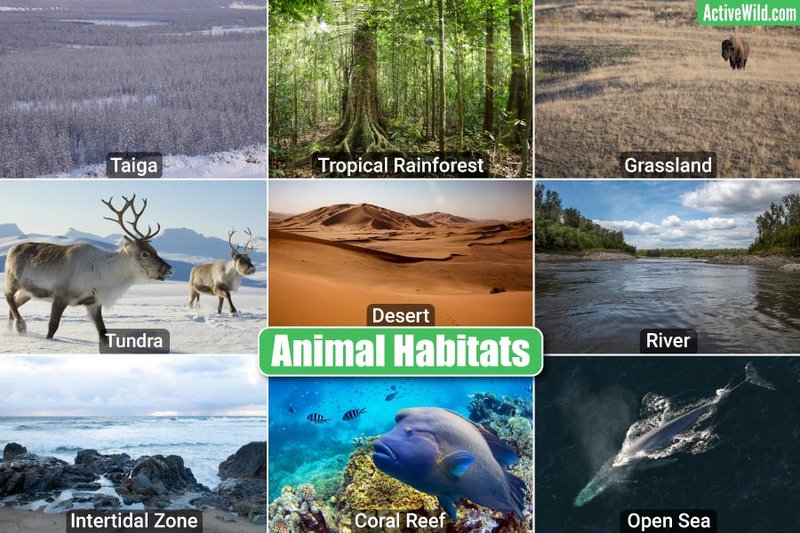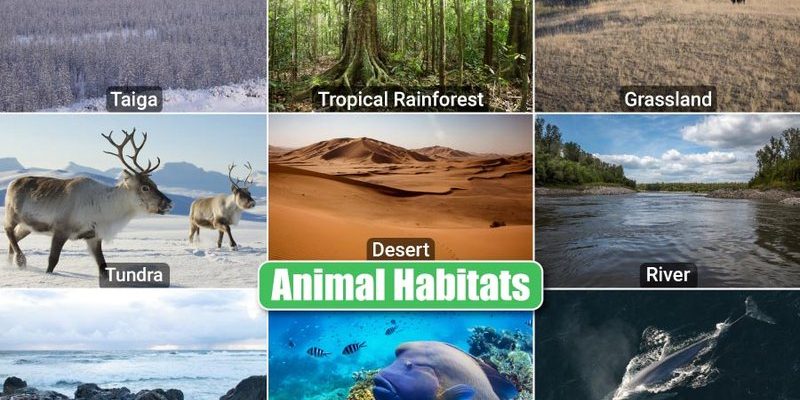
Detecting *Trichinella spiralis* requires some exploration and understanding of where it typically resides. Picture yourself out on a hike, scanning the environment for signs of wildlife—wild boars, bears, and even domestic pigs are all potential hosts for this tricky parasite. Understanding its habitat can help you spot it in the wild, and today we’re going to dive deep into the world of *Trichinella spiralis*, exploring its characteristics and the environments where it thrives.
What Is Trichinella Spiralis?
First off, let’s break down what *Trichinella spiralis* actually is. This parasite is a nematode, or roundworm, that primarily infects mammals. It typically finds a home in the muscles of its hosts, where it can live undetected for long periods. You might be wondering, “How does this tiny worm make its way into larger animals?” Well, it mainly spreads through the consumption of undercooked meat containing the larvae. This is especially common in *wild game* or domesticated pigs.
Once ingested, the larvae can mature into adult worms within the intestines, and then they reproduce. The real kicker is that these larvae often migrate to muscle tissues, where they can become encased in cysts. So, if you’re keen on identifying *Trichinella spiralis*, knowing its lifecycle is essential.
Natural Habitat of Trichinella Spiralis
Understanding where to find *Trichinella spiralis* starts with pinpointing its natural habitat. This parasite is often found in regions where certain wild animals thrive. Think of forested areas, fields, and even some suburban locations where wild boar and bear populations are present. These environments are prime spots for the parasite because they provide the necessary hosts for its lifecycle.
In the wild, *Trichinella spiralis* favors locations with greater populations of its hosts. For instance, if you’re hiking in a region known for wild boars, your chances of encountering *Trichinella spiralis* are significantly higher. It’s like hunting for treasure; knowing the right spots makes all the difference!
Identifying Hosts of Trichinella Spiralis
To spot *Trichinella spiralis*, you’ll first want to look for its hosts. Wild boars and bears are high on that list, but domesticated pigs are also common culprits. When you’re out exploring, keep an eye out for these animals and their tracks.
Besides just spotting the animals, there are some signs you can look for that hint at their presence in an area. Look for:
- Tracks: Animal tracks can give you a clue about what wildlife is around.
- Paw prints: Bear and boar prints are distinct—recognizing them can help you in your search.
- Scat: Animal droppings can reveal a lot about their diet and potentially signal the presence of *Trichinella spiralis*.
If you’re near farming areas, be sure to check if pigs are raised nearby. Domestic pigs are often fed food that can lead to *Trichinella* infection, so stay alert!
Signs of Infection in Hosts
So, how do you know if the hosts are infected with *Trichinella spiralis*? Infected animals may not show obvious signs until the infection is advanced. However, there are some symptoms to watch for—a bit like picking up on subtle cues in a conversation.
Look for changes in behavior in wild or farm animals. For example:
- Muscle pain: Infected animals might show signs of discomfort, which can manifest as reduced mobility.
- Feeding habits: An infected animal may eat less than usual or appear lethargic.
- Visual signs: Swelling around the eyes can sometimes occur, which might point toward an ongoing infection.
If you notice these signs, it’s essential to keep a safe distance. Remember, just like spotting a sick friend on a bad day, you want to be cautious and aware.
How Trichinella Spiralis Spreads
Understanding how *Trichinella spiralis* spreads can help you identify it in the wild. As mentioned earlier, the lifecycle of this parasite largely depends on its hosts consuming undercooked meat that’s already infected.
When you hear about outbreaks of trichinosis in humans, it typically involves the consumption of undercooked meat, particularly from infected wildlife. Once humans consume these larvae, the cycle continues as they mature and produce more larvae. Here’s where it gets essential—wild animal populations can carry the parasite, spreading it further when they move into new areas or come into contact with domestic animals.
Also, be aware of the food chain! If one animal is infected, it can pass the parasite up the chain, affecting other predators.
Preventing Infection
While identifying *Trichinella spiralis* is crucial, knowing how to prevent infection is even more important. If you’re spending time in regions where this parasite thrives, here’s what you can do:
- Cook meat thoroughly: Ensure that you always cook wild game and pork to safe temperatures.
- Avoid feeding pets wild game: If you hunt, keep your pets away from potentially infected meat.
- Practice good hygiene: Wash your hands after handling meat or being in wildlife areas.
By taking these steps, you can help curb the spread of infection and keep yourself and your pets safe.
Identifying a *Trichinella spiralis* in its natural habitat isn’t just about spotting a worm; it’s about understanding the ecosystem around you. By knowing what to look for—its hosts, signs of infection, and habitats—you can increase your chances of recognizing this fascinating parasite. Just remember, nature has its own rhythm, and each element plays a crucial role. Keep safety in mind, and you’ll be well on your way to becoming an expert at spotting these elusive little creatures in the wild!

